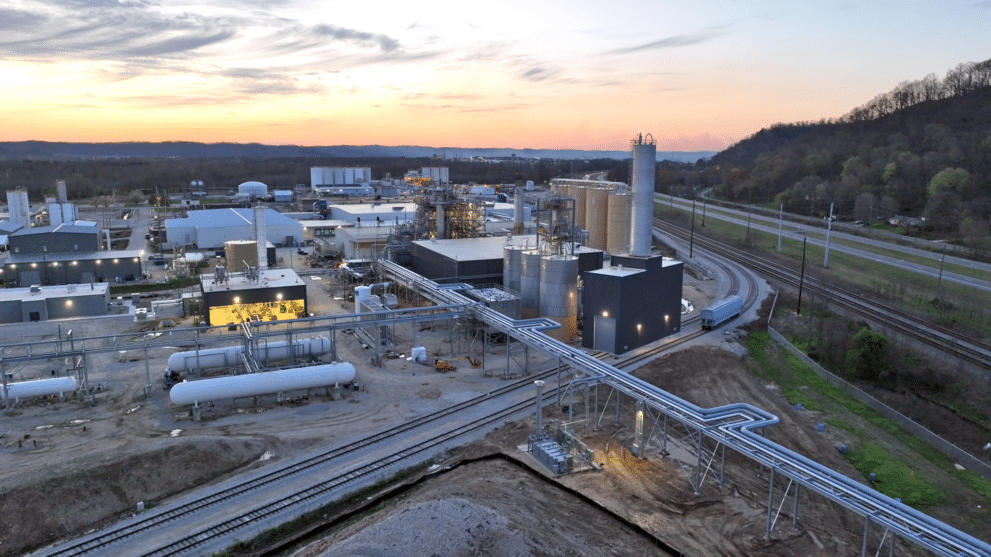
Ahead of the company’s postponed fourth quarter results, Roth MKM analyst Gerry Sweeney remains on the fence about PureCycle Technologies (PureCycle Technologies Stock Quote, Chart, News, Analysts, Financials NASDAQ:PCT).
On February 27, PCT announced it need more time to prepare its 2023 financial statements and would postpone until March 6.
The analyst outlined what he is looking for this week.
“PCT’s 4Q 3023 update will be released on Wednesday, March 6, followed by its Investor Showcase Day on March 7,” he noted. “We believe PCT’s technology can recycle polypropylene and we continue to watch its progress toward full commercialization, while monitoring its balance sheet requirements. In the near term, our concerns revolve around the length of time for PCT to achieve commercialization and its cash burn during this period.”
In a research update to clients March 4, Sweeney maintained his “Neutral” rating on the stock but raised his price target from $3.00 to $6.00.
PureCycle Technologies, Inc. is pioneering the sustainable plastic recycling movement with its patented process that transforms plastic waste into ultra-pure recycled (UPR) resin. This technology, developed and licensed by Procter & Gamble and commercialized by PureCycle, addresses the critical issue of recycling polypropylene plastic waste—designated as No. 5 plastic. By removing color, odor, and contaminants from plastic waste feedstock, PureCycle produces UPR resin with properties akin to virgin plastic.
“We lift our target to $6.00 to meet ROTH’s definition of a Neutral rated stock (price target within 10% of closing price),” the analyst concluded. “We believe PCT’s stock price will be volatile due to the uncertainty on when PCT’s Ironton facility will be fully commercialized and potential volatility around news associated with this development. Our price target is based on a project 8.6x EV/sales multiple on our 2025 revenue estimate. Factors that could impede PCT from reaching our target price include, but are not limited to, construction risk around building facilities, failure to adequately scale technology to larger facilities hindering margin projections, feedstock sourcing constraints, and loss of major customer contracts.”



 Share
Share Tweet
Tweet Share
Share




Comment